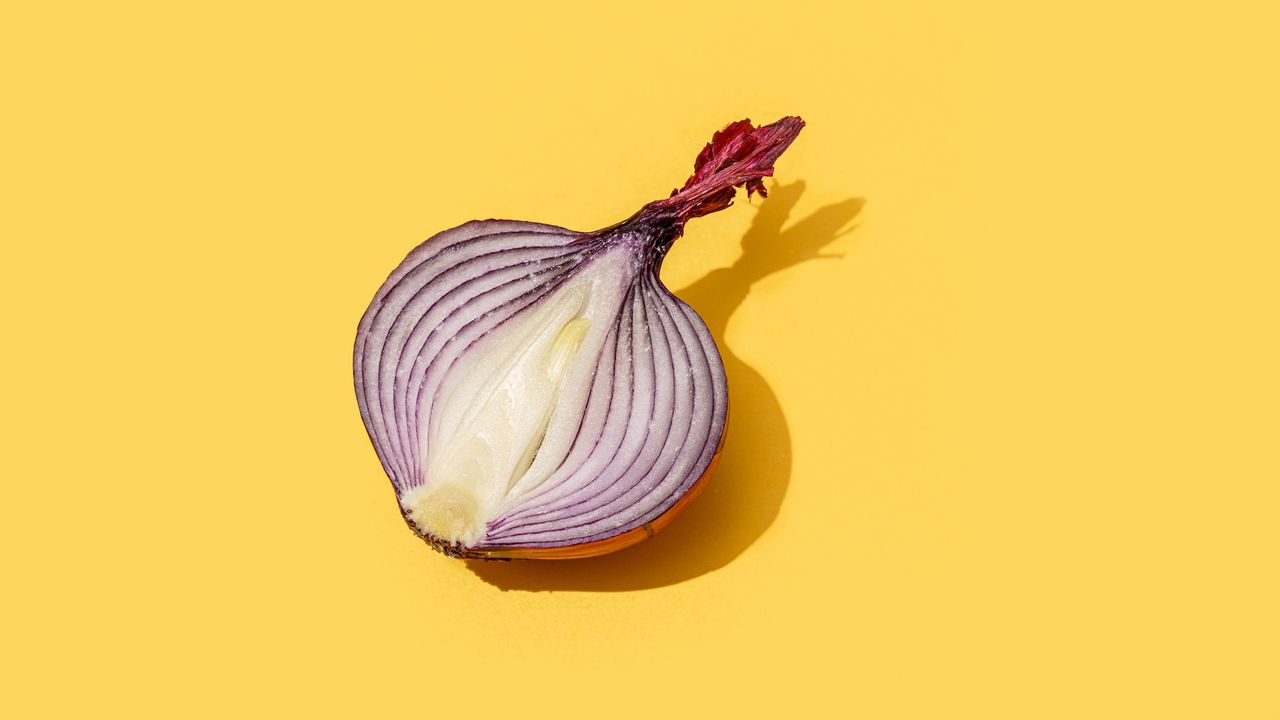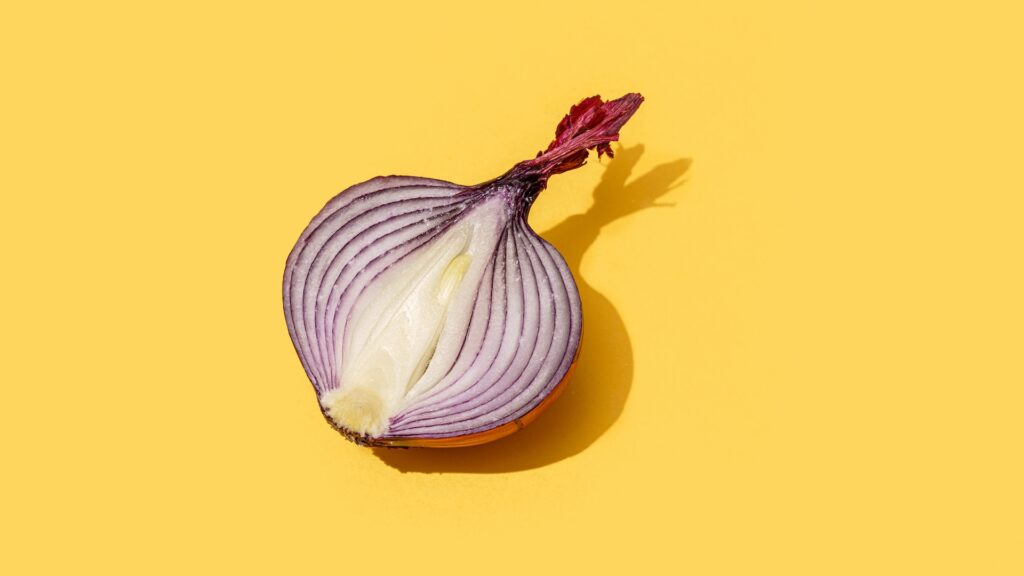
Red onion dye could be the missing ingredient required to bolster ultraviolet (UV) protection for solar cells, scientists say.
Solar cells are typically coated with a petroleum-based film to protect them from UV-induced degradation. These films include oil-based materials such as polyvinyl fluoride (PVF) and polyethylene terephthalate (PET).
In the quest to drive the adoption of film made from more sustainable, biologically-based materials, nanocellulose has emerged as a frontrunner. Nanocellulose is derived from plant-based materials and is produced by breaking down cellulose into nanoscale fibers.
The researchers behind the new study found that combining nanocellulose with a dye made from red onion skin extract provided “very effective UV protection.” The team published its findings Feb. 24 in the journal ACS Applied Optical Materials.
The study noted that a protective film made from this material eliminated 99.9% of UV radiation, up to a wavelength of 400 nanometers. Notably, the filter also outperformed a commercial PET-based UV filter currently available on the market.
This represents a “promising option in applications where the protective material should be bio-based,” Rustem Nizamov, a doctoral researcher at the University of Turku in Finland, said in a statement.
Vital trade-offs
In the study, researchers compared the durability of four protective films made from cellulose nanofibers. These were variously treated with ed onion extract, lignin — a polymer found in the walls of some plant cells — and iron ions.
While all of these provided adequate protection against UV radiation, the red onion dye option emerged as the most effective.
Solar cells face a critical trade-off, with UV radiation below 400 nm proving harmful, the study noted. However, the transmission of visible light — wavelengths between 700 and 1,200 nm — is crucial in enabling the cell to turn radiation into electricity.
With this in mind, the development of a material that both protects the solar cell and facilitates energy absorption is key. Lignin, for example, has a dark brown color, which “limits its use in transparent films,” according to the statement.
“The transmittance of these lignin-containing films is typically 50% between 400 and 600 nm and at most 85% above 600 nm,” the researchers added.
In comparison, the nanocellulose film treated with red onion dye exceeded 80% light transmission at longer wavelengths (between 650 and 1,100 nm) and maintained performance across an extended testing period.
This testing period assessed the durability and performance of the filters by placing them under artificial light for 1,000 hours — the equivalent of roughly a year of sunlight in a Central European climate. Nizamov noted that this examination period “emphasised the importance” of long-term testing for UV filters.”The UV protection and light transmittance of the other bio-based filters changed significantly over time,” he said. “For example, the films treated with iron ions had good initial transmittance which reduced after aging.”
Nizamov said that the study has wide-reaching implications for a range of solar cells, particularly perovskite and organic photovoltaics, as well as in other industries where the use of a bio-based filter is necessary.
This could include food packaging, for example, where biodegradable solar cells could be used as power sources for sensors in sterile environments.
